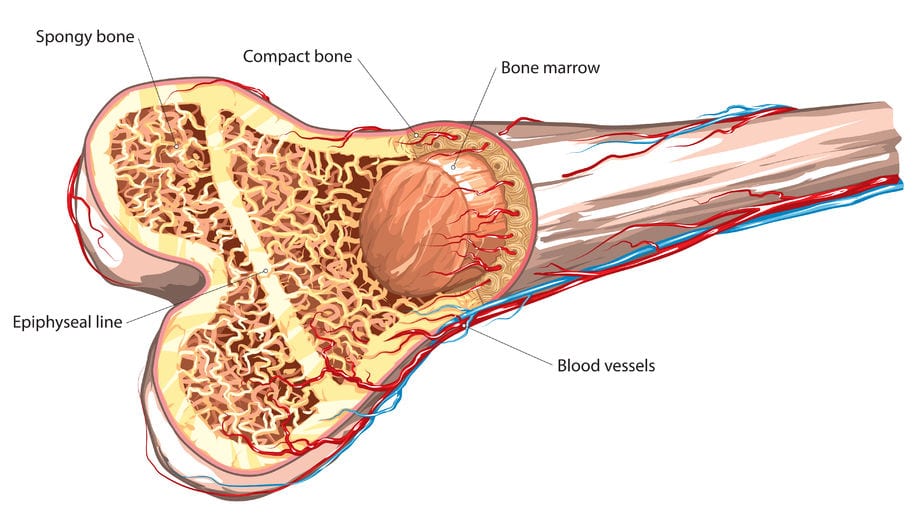
 NASHVILLE, TN – In an effort to both better improve her physical exam skills and understand the etiology of pancytopenia, third-year Vanderbilt medical student Marianne Cash spent the better part of this morning palpating her patient’s bone marrow.
NASHVILLE, TN – In an effort to both better improve her physical exam skills and understand the etiology of pancytopenia, third-year Vanderbilt medical student Marianne Cash spent the better part of this morning palpating her patient’s bone marrow.
Yesterday morning, Cash had told her team that the patient’s white blood cells, red blood cells, and platelets were decreased and she didn’t know why. “Maybe you should read up on pancytopenia,” one of the interns on the team told her. “Maybe you should go to the bedside and take a better listen,” the other intern added. Cash took the advice to heart.
Today, after warning and apologizing in advance to the patient if he felt any discomfort during the next set of maneuvers, Cash proceeded to inspect, auscultate, percuss, and palpate the patient’s bone marrow.
“Bones are hard,” Cash commented. “Bone marrow’s squishy.”
Cash attempted to manually count each of the individual cell lines but wasn’t able to finish before morning rounds. She told the patient she would return later to reopen the bedside surgical sites in order to complete the exam.
“I appreciate her time and effort,” the patient explained to Gomerblog. “She spends more time with me than anyone else. She is extremely thorough. I can’t believe that no one has ever taken the time to undress me and examine my bone marrow.”
“By the way,” he added later, “I didn’t realize bone marrow hurts. It kinda hurts.”
Cash’s team was impressed with her dedication, but gave her feedback on time management: how to more effectively and efficiently examine a patient’s hematopoietic system. They also reinforced that if one is going to undertake such an evaluation to make sure erythropoietin levels in each kidney are inspected.
In other news, rumor is that the etiology for the patient’s pancytopenia has been uncovered: lab error.